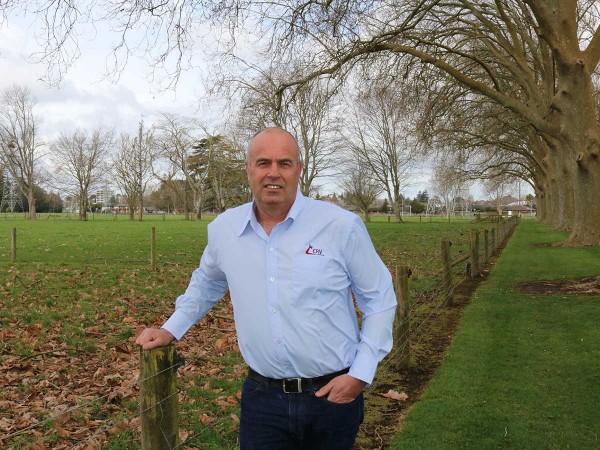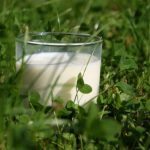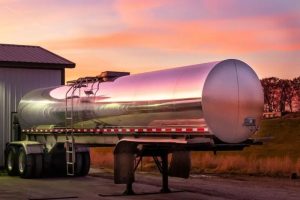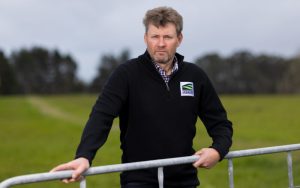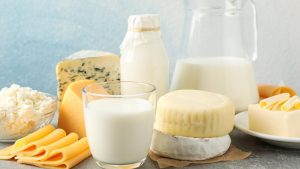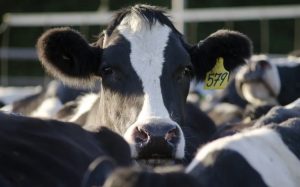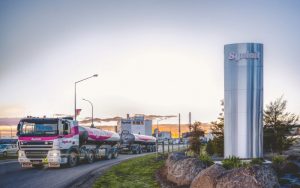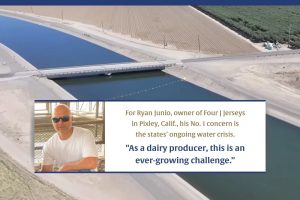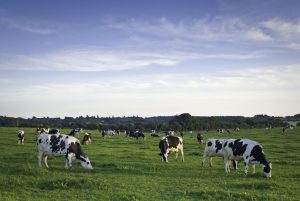
CRV managing director James Smallwood says it makes sense that farmers who have invested in tools and solutions, such as genetics, to produce sustainable, high value milk from healthy and productive herds – are rewarded.
From June 1, Fonterra is introducing a payment of up to 10c/kgMS if the farm meets the co-op’s on-farm sustainability and value targets.
Smallwood says the payment programme aligns extremely well with what farmers can expect from breeding with CRV sires.
“For many years, CRV has provided farmers with a choice of sires that perform not only in terms of production, but also from a broader health and sustainability perspective. Our investment in research and development is ongoing, with at least 20 per cent of our revenue each year dedicated to finding innovative genetic solutions for New Zealand farmers.”
CRV has led the way in identifying teams of bulls that can help reduce cows’ milk urea nitrogen (MUN), increase facial eczema tolerance, breed hornless calves, and breed cows suited to once-a-day milking.
“Incorporating these types of traits over time into a breeding programme will help farmers future-proof their herd and their business,” says James.
CRV is convinced that targeted breeding still has huge potential to improve the feed efficiency performance of cows.
In 2020, CRV Netherlands began collecting the feed intake data of more than 1600 cows. This data has been used to develop a Feed Efficiency index.
“By using of some of these Dutch genetics in our New Zealand portfolio and in our breeding programmes, our goal is to reduce the cost of milk production and increase the sustainability of dairy farming,” says Smallwood.
“Our connection to the wider CRV business and the R&D work being carried out in the Netherlands creates an opportunity to further strengthen our ability in this innovative trait space.
“Breeding is not a quick fix. While it plays a crucial role in producing quality and sustainably made consumer dairy products, farmers understand a breeding programme takes time. You don’t get the results in year one, which is why CRV focuses on longer-term gains.
“Targets, such as reducing cow numbers by 15% while maintaining production, are achievable with small incremental gains. The benefit of genetics is that the gains are locked in the genes. The benefits will be passed on, which means they will be there for generations to come.”
